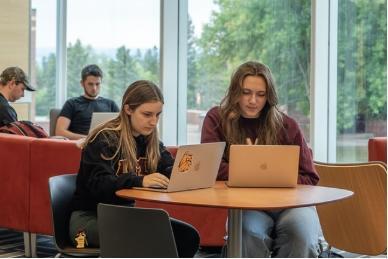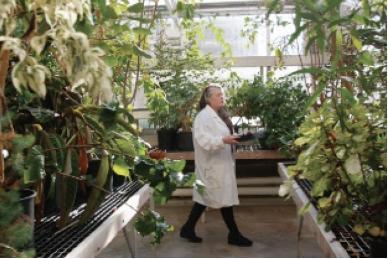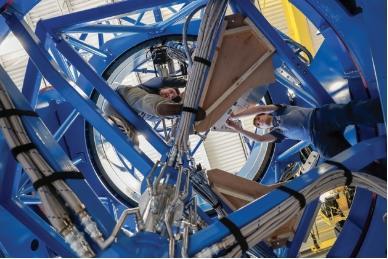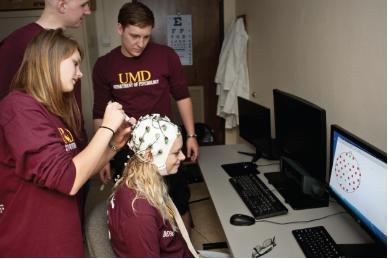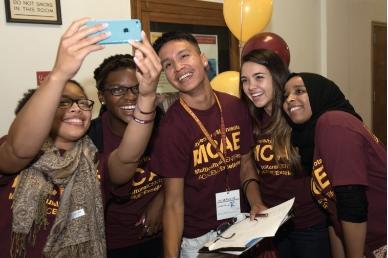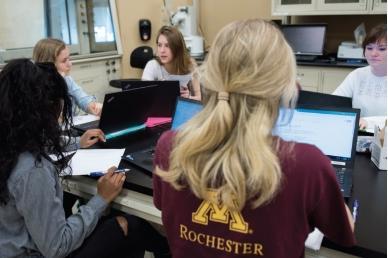Inspired by the State of Minnesota, MPact 2025 reflects our deepened commitment to research, teaching, and service, open access to opportunity, and forward-thinking innovation to advance the University’s land-grant mission and impact the world.
We are focused on accountability. We produce annual progress reports for the Board of Regents each December.
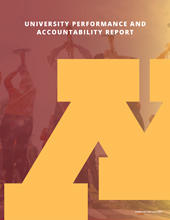
All historical plans and internal reports are available on the Institutional Data and Research website
Serving Minnesota Students
70% of enrolled freshman systemwide are from Minnesota this fall. The past three years have been the highest years of MN high school graduate enrollment.
Continued Strong Demand
Systemwide, the University welcomed more than 68,000 students for the Fall 2023 semester, the fourth highest enrollment in history. The Twin Cities campus saw the second highest enrollment with nearly 55,000 students.
Record-High Graduation Rates
The Duluth and Rochester campuses had the highest 4-year graduation rates ever recorded. The Twin Cities campus recorded the second highest 4-year and the overall highest 6-year graduation rates.
Student Career Outcomes
Nearly 92% of graduated students systemwide are employed or are continuing their education.
Systemwide, over two thirds of employed graduates work for a company or organization located in Minnesota.
Highest Ever National Ranking
The Twin Cities campus achieved its highest national universities ranking ever at #53 according to U.S. News and World Report, and continues to rank in the top 25 of public national universities.
#53
in National Universities
#23
in Top Public Schools
Research Impact
$1 billion plus in research awards for the third year in a row; external research funding has increased 30% over the past five years.
Record-Setting New Startups
The University launched 23 new startups.
Industry Partnerships
$131.4 million in industry sponsored awards is the University’s 2nd highest total ever.
$495.6 Million
In state-sponsored research over the past five years across all disciplines.
Meeting Sustainable Development Goals
Helping MN and the world meet sustainable development goals.
#8 University in the U.S. overall
- Ranked 2nd for promoting good health and well-being
- Ranked 3rd for combating hunger, up two spots from 2022
Increasing Medical School Funding
- #8 among U.S. public medical schools, up 5 spots from the previous year
- #21 among all U.S medical schools, the University’s highest ranking in 30 years
Based on funding received according to the NIH Blue Ridge Institute for Medical Research.
Enhancing Extension’s Reach
Individual partnerships with Extension continue to rise, up 22 percent in the past two years to 1,724.
Students
Systemwide, the incoming Fall 2023 freshman class had the highest percentage of BIPOC students in recorded history, representing nearly one third of all freshmen.
Faculty & Staff
Newly hired faculty and staff who identify as BIPOC rose to a new high of nearly 25% systemwide, and the percentage of total BIPOC faculty and staff has risen more than 6 percentage points since 2012.
University Suppliers
In FY23, the Office for Supplier Diversity grew the Targeted Business Directory from 78 businesses to 530. The directory lists suppliers that are owned and operated by BIPOC, women, and/or disabled individuals.
Investing in DEI Partnerships
More than ¼ of the University’s new private partnerships were committed to investment managers classified as emerging, minority- or woman-owned.
Expanding Student Aid
The University expanded the amount of student financial aid that does not need to be repaid to $307.3M, exceeding $300M for the first time and surpassing the MPact 2025 goal of $304M.
Increased Student Employment
15% increase in University employment opportunities for undergraduate and graduate students over the past four years.
Investing in the University’s Future
$328 million in proceeds from the University’s Long Term Capital Financing Program have been allocated to Board-approved projects; $66 million of that supported projects in the past year, including upgrading the University’s education and research buildings and utilities infrastructure.
